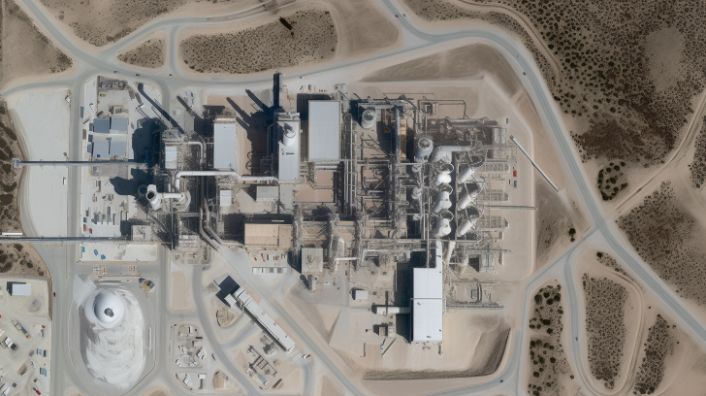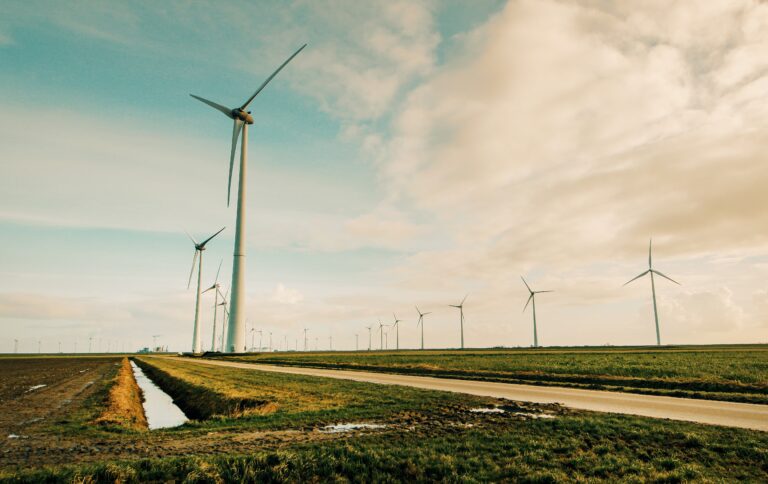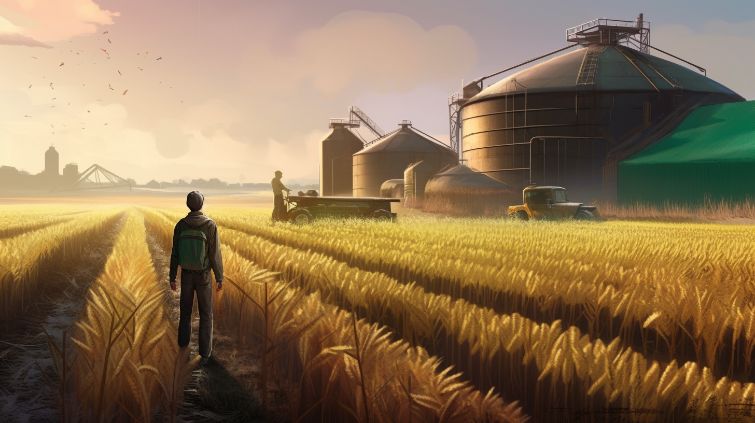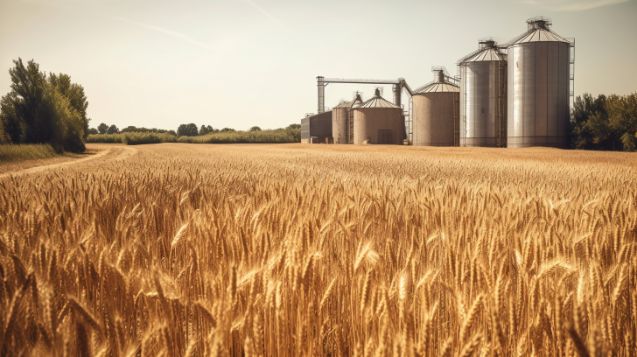The Different Types of Biomass Used for Bioenergy
Biomass is a promising source of sustainable energy, derived from organic materials such as woody biomass, agricultural residues, aquatic biomass, and municipal solid waste. Each type offers unique advantages and challenges, from the renewable nature of woody and aquatic biomass to the waste-reducing potential of utilizing municipal solid waste. However, considerations such as the cost of production, environmental impacts, and competition for land use must be carefully weighed. Embracing biomass as a bioenergy source can contribute significantly to a greener, more sustainable energy future, provided it is managed responsibly and efficiently.
Table of Contents
Organic materials that can be used as a source of energy is referred to as biomass. It is a key component of bioenergy, which is a sustainable energy source obtained from organic sources. Biomass can be produced from a number of sources, including vegetation, animals, and garbage. This essay will go over the various kinds of biomass that can be used for bioenergy, such as timber, farming products, and city refuse.
Woody Biomass
Organic matter produced from forests and other woody vegetation that can be used as a source of bioenergy is referred to as woody biomass. This biomass is a natural resource that can be used to generate heat, power, and other types of energy.
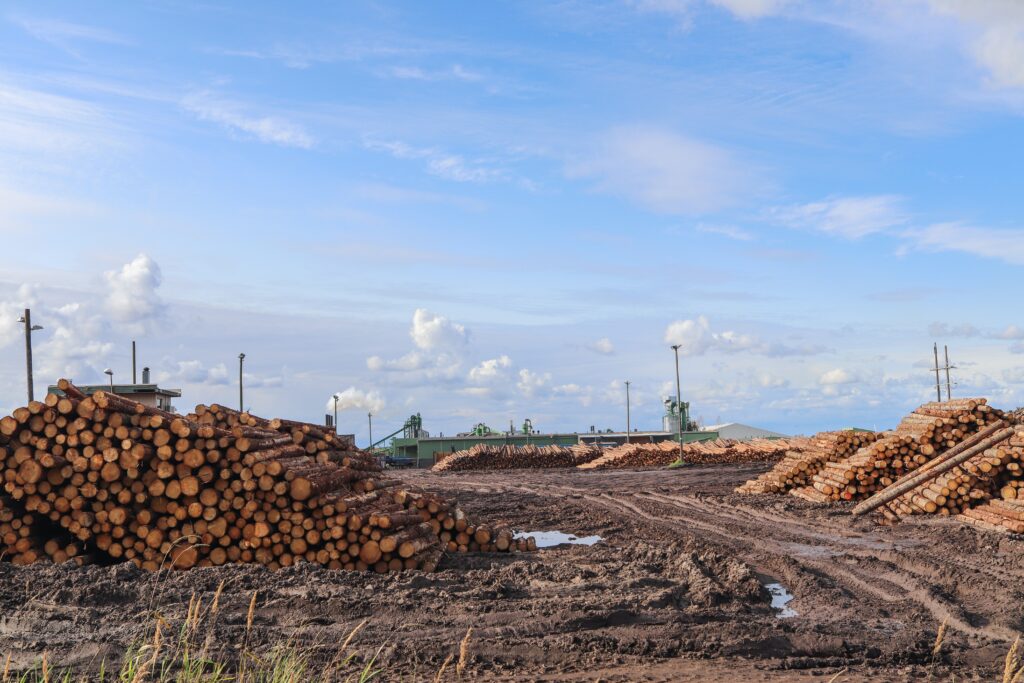
Trees, limbs, sawdust, and wood fragments are all examples of woody detritus. These materials are available in woods, woodlands, and other places where trees and woody vegetation thrive. They are also available from timber processing businesses like sawmills and paper mills.
The fact that woody biomass is a renewable resource is one of its primary benefits in biofuels. Woody biomass, unlike fossil fuels, which are limited and non-renewable, can be replenished through healthy forestry methods. Furthermore, using woody waste for biofuels can aid in the reduction of greenhouse gas pollution and the mitigation of climate change.
However, there are some drawbacks to utilizing woody waste for biofuels. For example, gathering and preparing woody waste can be costly and time-consuming. Concerns have also been raised about the effect of large-scale biomass production on wildlife and ecological health.
Despite these obstacles, woody biomass is presently being used in a number of biofuel applications. It can be used in power facilities to create energy, or in boilers to generate heat for industrial operations. It can also be transformed into liquid biofuels like ethanol and biodiesel, which can be used in vehicles.
Overall, woody biomass is a hopeful bioenergy source with the ability to play a significant part in the shift to a more sustainable and green energy future. However, it is critical to closely consider the environmental and economic consequences of using woody biomass, and to create sustainable practices to mitigate these consequences.
Agricultural Biomass
Agrarian biomass is organic matter generated by agrarian operations such as cultivation, forestry, and livestock husbandry. Through different processes such as combustion, gasification, and fermentation, this waste can be used as a sustainable energy source known as bioenergy.
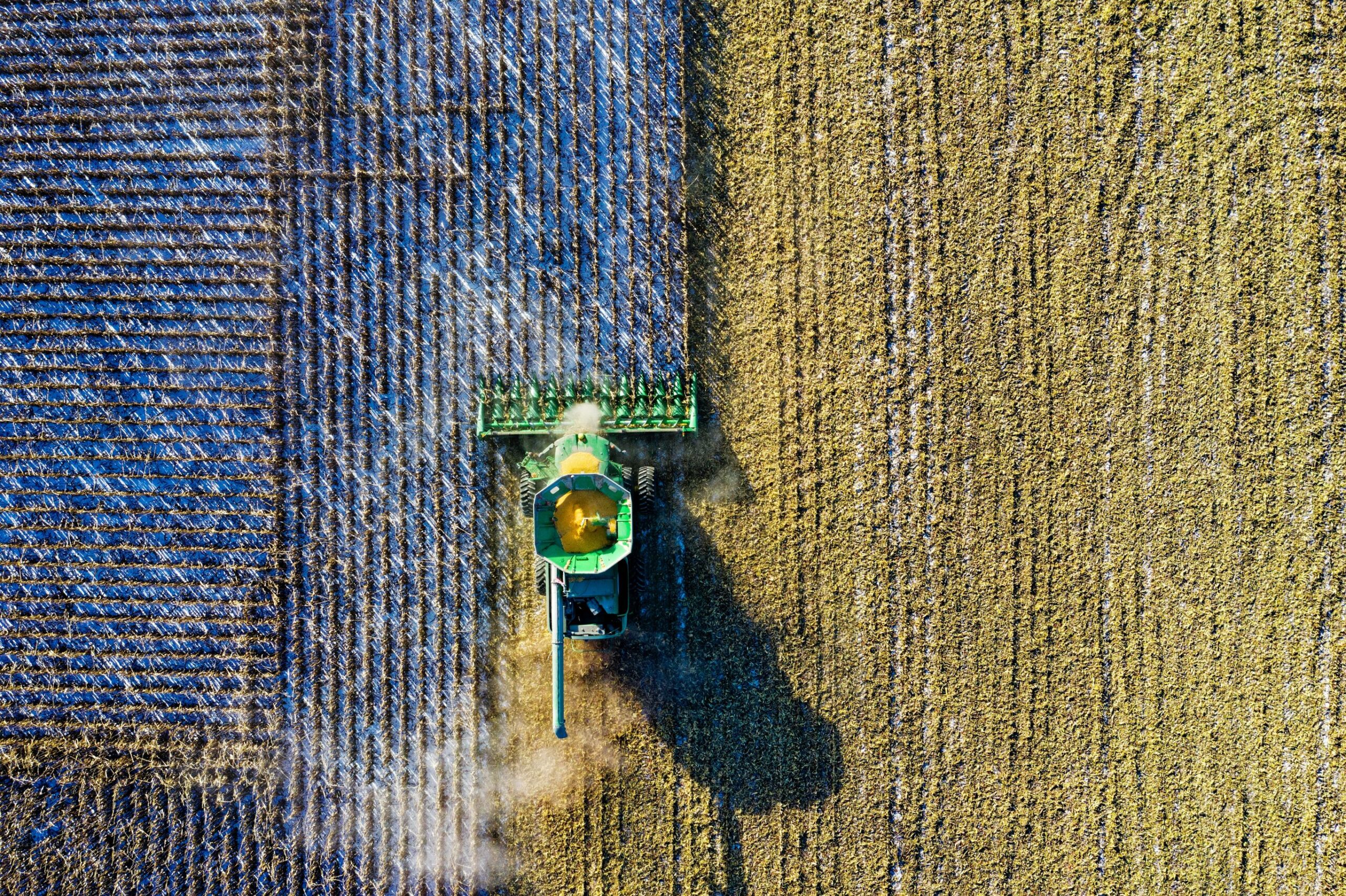
Corn, sugarcane, wheat straw, and other product leftovers are examples of agricultural biomass. These materials are abundant and quickly transformed into bioenergy. Furthermore, farm biomass can be obtained from animal refuse, such as dung, and used to generate biogas.
There are several benefits to using farm biomass for bioenergy. For starters, it is a renewable energy source that can be created constantly. Second, by replacing fossil fuels, it can help to decrease greenhouse gas pollution. Third, it can provide producers with fiscal advantages by opening up new marketplaces for their agricultural goods.
However, there are some drawbacks to utilizing farm waste for bioenergy. The rivalry for land use between food production and bioenergy generation is one of the most significant issues. In some areas, this may result in increased food costs and food insecurity. Furthermore, the production of bioenergy from farming waste necessitates large quantities of water and energy, which can have negative environmental consequences.
Agricultural biomass is currently used for bioenergy in a variety of ways, including biofuels, methane, and biomass power plants. Biofuels like ethanol and biodiesel are frequently made from crops like maize and sugarcane. Biogas is created from livestock waste and can be used to generate heat and energy. Agricultural biomass is used to produce energy in biomass power facilities.
Finally, farming biomass has the potential to be a useful sustainable energy source. However, it is critical to thoroughly weigh the benefits and drawbacks of using agricultural biomass for bioenergy, as well as to ensure that it is generated in a safe and responsible way.
Aquatic Biomass
Aquatic biomass is any organic substance produced from aquatic vegetation or creatures. Algae, seaweed, and aquatic vegetation are examples of both freshwater and saltwater supplies.

Benefits and Drawbacks of Using Aquatic Biomass for Bioenergy
Aquatic biomass is a renewable resource, which is one of its primary benefits for bioenergy. Unlike limited and non-renewable fossil resources, aquatic biomass can be produced and collected continuously. Furthermore, aquatic biomass can be produced in regions that are unsuitable for conventional agriculture, such as deserts or bad soil quality.
There are, however, some drawbacks to using aquatic material for biofuels. The high expense of manufacturing is one of the most significant obstacles. Growing and collecting marine biomass can be costly, and the technology for turning it into biofuel is still in its infancy. There are also worries about the environmental effect of large-scale aquatic biomass production, such as nutrient runoff and habitat loss.
Current Applications of Aquatic Biomass for Bioenergy
Despite these obstacles, there is increasing interest in using aquatic material for biofuels. Seaweed is already being used as a bioenergy source in some areas of the globe, such as Asia and Europe. Several study initiatives are currently ongoing in the United States to investigate the possibility of using algae and other types of aquatic biomass for biofuels. Some businesses are also investigating the use of aquatic biomass for other purposes, such as livestock fodder and manure. As technology advances and manufacturing prices fall, it is possible that the use of aquatic biomass for biofuels will become more common in the future.
Municipal Solid Waste
Municipal solid waste (MSW) is the waste produced by households, businesses, and organizations. Food refuse, paper, plastic, glass, metals, and textiles are among the items included. MSW is a significant environmental issue because it endangers human health and the environment if not correctly managed.

Benefits and Drawbacks of Using Municipal Solid Waste for Bioenergy
One of the major benefits of using MSW for bioenergy is that it lowers the amount of refuse that is sent to landfills, which can help to reduce the environmental effect of waste removal. Furthermore, MSW can be a dependable source of green energy, reducing reliance on fossil fuels.
There are, however, some drawbacks to using MSW for biofuel. For example, the makeup of MSW can differ greatly, making it difficult to generate constant and high-quality bioenergy. Furthermore, changing MSW to bioenergy can be costly and requires substantial infrastructure expenditure.
Current Bioenergy Applications for Municipal Solid Waste
MSW is currently used in a range of bioenergy processes, including incineration, gasification, and anaerobic decomposition. Incineration is the process of burning MSW to create heat, which is then used to generate energy. Gasification is the process of burning MSW to create a gas that can be used to make energy or biofuels. Anaerobic digestion is the process of breaking down biological refuse in the lack of air in order to create biogas, which can then be used to generate energy or biofuels.
Finally, while MSW is a major environmental issue, it can also be a useful source of green energy. While using MSW for bioenergy has both benefits and drawbacks, it is obvious that it has the ability to play an important role in the shift to a more sustainable energy system.
Final Thoughts
To summarize, biomass is a potential renewable energy source that can help decrease our reliance on fossil fuels and alleviate climate change. Wood, farming leftovers, energy crops, and city solid debris are all examples of biomass that can be used for bioenergy. Each form of biomass has benefits and drawbacks, which must be considered when selecting a bioenergy source.
Wood is the most frequently used biomass for bioenergy, but it has supply and environmental issues. Agricultural residues, such as straw and maize stover, are plentiful and can be used as a feedstock in the creation of bioenergy. Energy crops like switchgrass and miscanthus have the ability to provide high energy outputs while also being able to be cultivated on marginal areas. Municipal solid refuse is another possible supply of biomass for bioenergy, but it must be managed carefully to guarantee safety and environmental sustainability.
It is critical to consider the environmental, societal, and fiscal effects of each form of biomass when selecting a bioenergy source. Wood, for example, has a smaller carbon footprint than fossil fuels, but it can have detrimental consequences for wildlife and forest environments. Energy crops may produce a lot of biomass, but they also contend for space and water with sustenance products. Municipal solid refuse can be used to generate green energy, but it must be managed carefully to avoid contamination and protect public health.
Overall, the use of biomass for bioenergy has the ability to provide a viable and renewable source of energy that can aid in the reduction of greenhouse gas pollution and the mitigation of climate change. However, when selecting a bioenergy source, it is critical to thoroughly consider the benefits and drawbacks of each form of biomass to ensure that it is ecologically safe, socially responsible, and fiscally feasible.


